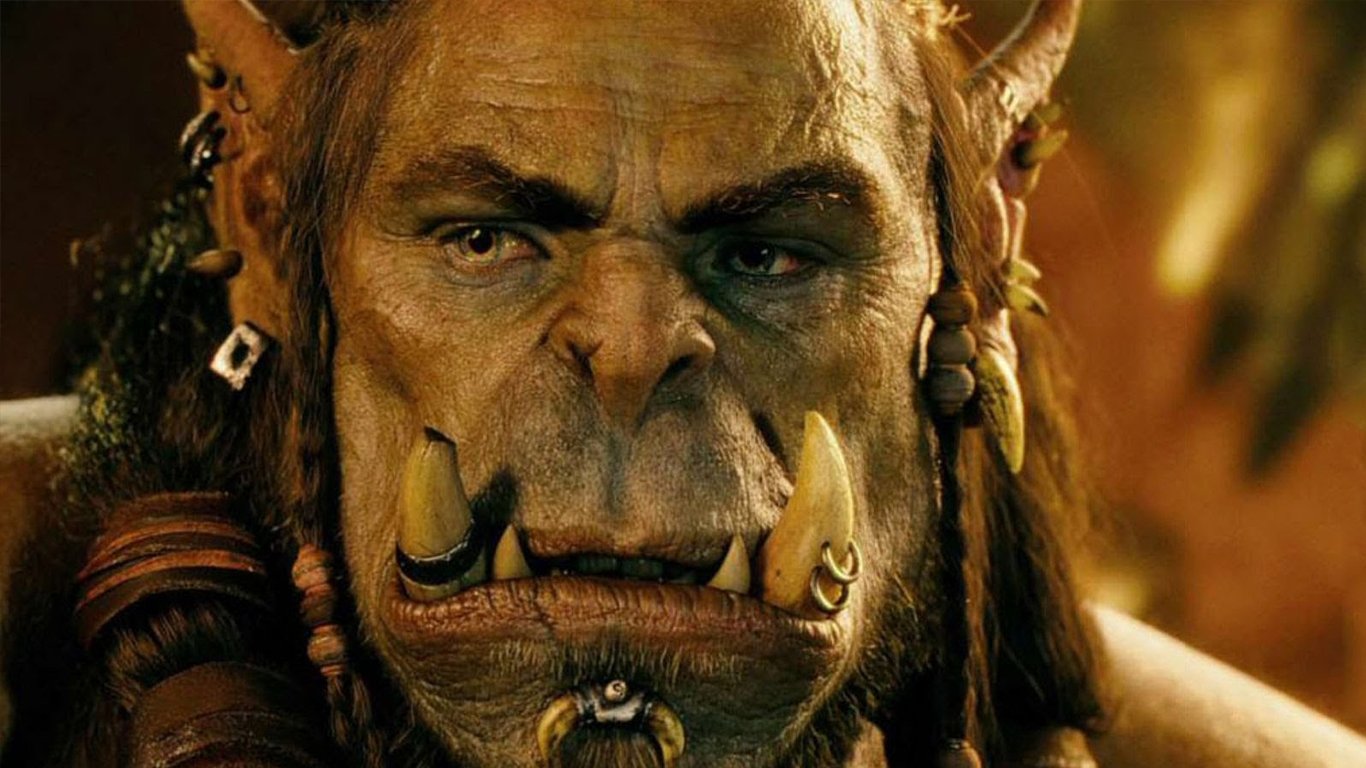

SmileDirectClub Inc. (NASDAQ: SDC) had an absolutely dismal initial public offering, and that statement even takes into consideration that some of the other so-called unicorn IPOs have flopped. After pricing at $23, SmileDirectClub shares opened at $20.55 on its September 12 trading debut, only to close at $16.67 on the first trading day. By last week, the shares finished out the week at $13.70, after a 7.4% gain on Friday.
One thing that can sometimes rectify a bad IPO is when the mandated brokerage quiet period expires. This is when analysts at the underwriting firms are allowed to initiate coverage on a recent IPO. Despite a poorly priced IPO, the analysts for the underwriting syndicate are saying that SmileDirectClub has been oversold and not treated fairly by the investing community so far.
24/7 Wall St. covered SmileDirectClub in its daily analyst summaries on Monday, and what stood out was that some analysts see very high upside and the entire pool is calling for above-market upside at this point. That won’t do that much for existing holders who bought into the IPO, but we have to keep in mind that traditional Buy and Outperform ratings come with 8% to 10% upside at this stage of the 10 and a half year old bull market.
JPMorgan started SmileDirectClub as Overweight and assigned a $31 target price. This is a much higher target than peers have set, but the firm noted that its business model does solve many problems that make orthodontics timely and expensive, along with an in-house financing option.
Credit Suisse started the shares with an Outperform rating and a $21 target price. The firm pointed out that SmileDirect is disrupting the traditional delivery of orthodontic services by improving accessibility and affordability, and called it highly levered to a rapidly expanding and largely underserved direct-to-consumer market. Additional positives are solid marketing driving additional market penetration, an expanding SmileShop footprint, innovation, its SmilePay financing options, geographic expansion and strong top-line growth, all adding up to inherent margin leverage for the company to be profitable in 2020.
Merrill Lynch started the stock as Buy with a $19 price objective. The Merrill team called it one of the best growth assets in health care, with a projected 44% compounding sales growth rate through 2023. The report also pointed out that it has a large and underpenetrated total addressable market opportunity, and while the company is called highly controversial due to questions on competitive pressures and legal overhangs, it sees the post-IPO valuation as too conservative.
Some other analysts have also chimed in:
- Citigroup started it as Buy with a $19 target
- Guggenheim issued a new Buy rating and a $24 target price.
- Jefferies started coverage with a Buy rating and a $22 target price.
- Loop Capital initiated it with a Buy rating and a $20 target price.
- Stifel started it as Buy with a $19 target price.
- UBS launched coverage with a Buy rating and a $24 target.
Shares of SmileDirectClub actually traded down about 1.3% at $14.52 after more than an hour of trading on Monday, and its post-IPO trading range is $12.56 to $21.10.
It might seem easy to point fingers here, with such a dismal IPO being followed with a very bullish outlook by analysts at the firms that brought this company public. There are supposed to be “Chinese walls” between the underwriting syndicates and the research teams, and there is a reason that analysts are forced to have a quiet period before covering a company with research if they just brought it public.
The IPO for SmileDirectClub initially was indicated to price 58.537 million shares at $19 to $22 per share, and that $23 formal pricing has not been seen by anyone other than the investors who subscribed to and were given allocations for the IPO.
Thank you for reading! Have some feedback for us?
Contact the 24/7 Wall St. editorial team.
 24/7 Wall St.
24/7 Wall St.


